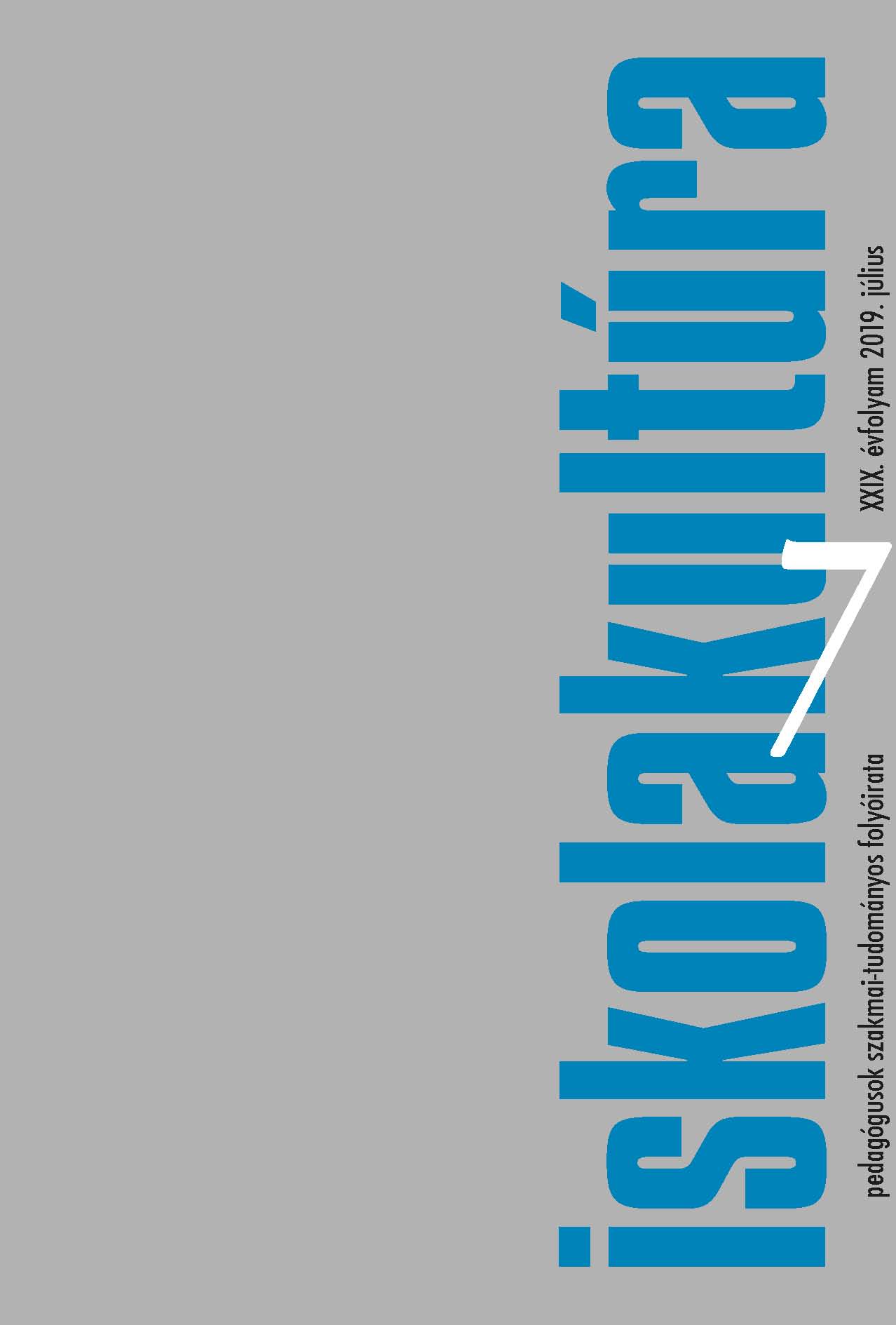We heard that a teacher visited the Roma settlement. Inclusion by exclusion
Main Article Content
Abstract
This case study focuses on a denominational (Reformed) school in a Hungarian town and explores the processes of segregation/integration on the ground and in its complexity. The institutional and pedagogic practices of the school deserve special interest as they neither fit into the frequently discussed model of heartless segregation, nor they justify the fully inclusion-based self-image of the school. At first glance, the school (which has 30% of incoming students from neighbouring villages) applies the classical scheme of internal segregation (or tracking). However, in a historical perspective (in the light of a recent school merger and the transition from municipal to denominational maintenance), under closer scrutiny, we discover a complex pattern of selective and inclusive practices.
In the admission process, the binary category of “Roma” vs. “non-Roma” undergoes a dual transformation. First, it is converted into another dichotomy, that of the “easy-to-teach” vs. “tough” students as well as the “active” vs. “passive” parents („we think it is essential that parents attend the open days”); then, even the school’s own categorisation activity gets concealed by the principle of free school choice: “student who opted for the bilingual class” vs. “student who opted for the normal class” (for example, parents internalise and accept the fact that their children cannot be in the bilingual class for they hadn’t attend an English class at kindergarten). And the whole process is legitimised by exceptions (i.e. the contingency).
On the other hand, a few factors challenge this mode of operation, such as: (a) low student numbers, (b) frequent between-school transitions, (c) the provision of in-class and after-school catch-up classes, (d) the theological (Christian) inclusion discourse as well as actual inclusion practices and institutions (the inclusion program [KIP] and the presence of school pastors).

